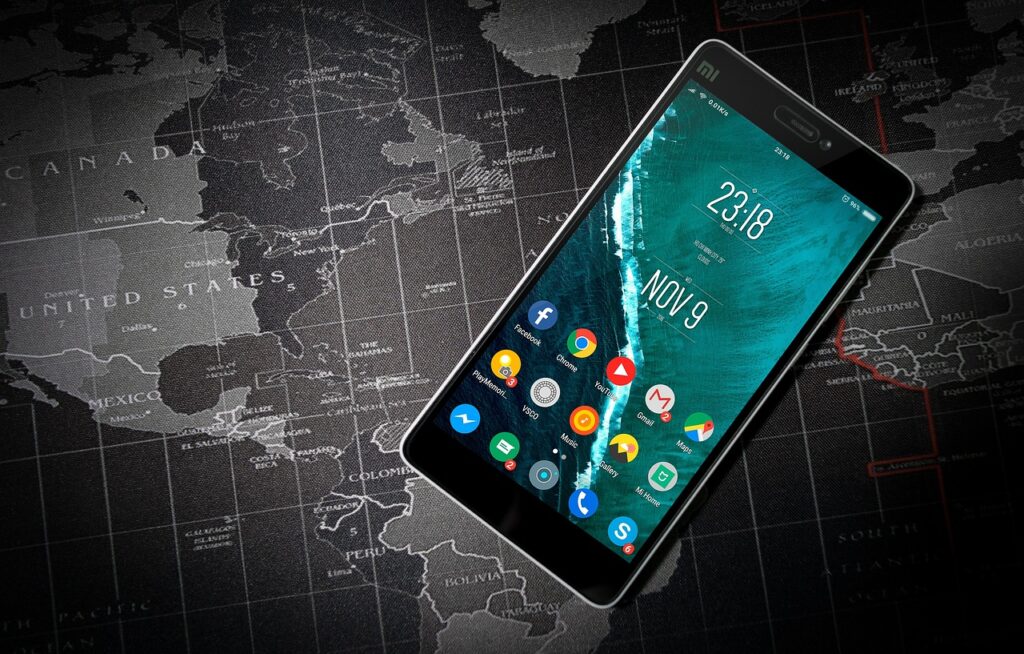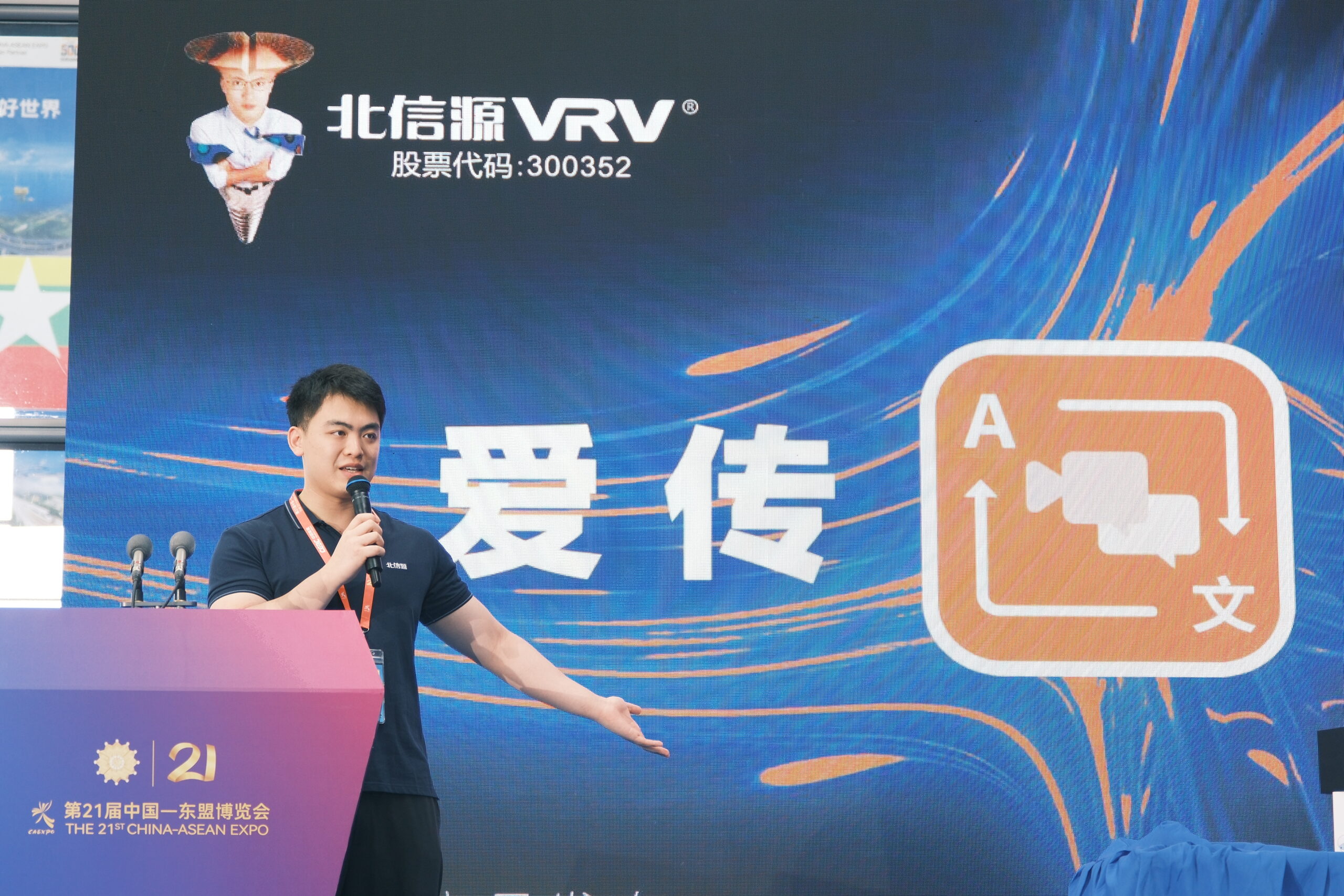In today’s interconnected world, reaching a global audience is more critical than ever. Multilingual support in mobile applications is no longer a luxury but a necessity for user engagement and market expansion. The Android Studio Translation Plugin emerges as a valuable tool, streamlining the localization process and empowering developers to create apps that speak the language of every user. This article provides a comprehensive look at this innovative tool, elaborates on its features and best practices, and addresses some common challenges—going beyond the basics to offer insights into advanced use cases and future trends.

What Is the Android Studio Translation Plugin?
The Android Studio Translation Plugin is an integrated tool that simplifies the process of localizing Android applications. It allows developers to manage string resources for multiple languages directly within the Android Studio environment. The plugin automates many localization tasks by helping extract, organize, and even translate text resources, ensuring that your app can be easily adapted for different regions.
Key Benefits Include:
- Streamlined Workflow:
By centralizing translation management within the IDE, developers can rapidly update and maintain multiple language files without manual overhead. - Automation and Consistency:
The plugin aids in automated extraction of text resources and ensures consistent formatting and structure across different language resource files. - Integration with Translation Services:
Some versions and enhancements of the plugin support integration with third-party translation APIs, reducing the time needed to translate and validate content.
Key Features and Workflow
1. Resource Extraction and Management:
The plugin scans your project for string resources and organizes them into locale-specific files (e.g., strings.xml for default, strings-es.xml for Spanish). This automated extraction ensures that no user-facing text is overlooked during localization.
2. User-Friendly Interface:
Android Studio’s intuitive interface lets developers quickly navigate between languages, compare translations side-by-side, and adjust resource values with ease. The plugin often includes visual aids like color-coding and alerts for missing translations.
3. Automated Translation:
Leveraging built-in or external APIs, the plugin can provide initial automated translations. While these may require human review, they significantly speed up the translation process, particularly during early development stages.
4. Support for Advanced Formatting:
Handling placeholders, pluralization, and contextual variations are essential for quality localization. The plugin supports ICU MessageFormat and other advanced formatting tools to ensure that dynamic content appears correctly across languages.
Advanced Implementation Details and Best Practices
Efficient Handling of Placeholders and Plurals:
Dynamic strings often require placeholders (such as user names or numbers) that need careful handling during translation. The plugin assists by preserving placeholders and offering tools to test different scenarios, ensuring that translations remain accurate and functional.
Right-to-Left (RTL) and Bidirectional Text Support:
For apps targeting languages like Arabic or Hebrew, ensuring that the user interface adjusts correctly for RTL text is crucial. Developers should use Android Studio’s layout preview to test the display of RTL languages and tweak designs accordingly.
Integrating With External Translation Management Systems:
For large-scale projects, integrating with platforms like Crowdin, POEditor, or Lokalise can streamline collaboration with professional translators. These systems provide version control, context for phrases, and bulk editing capabilities that complement the Android Studio Translation Plugin.
Continuous Integration and Localization (CI/CL):
Embracing CI/CL practices means incorporating localization into your development pipeline. Automated scripts can trigger the extraction and update of translation files as part of your build process, ensuring that every update is reflected across all supported languages.
Quality Assurance in Multilingual Apps:
Beyond text translation, developers need to verify that the UI adapts to various language lengths and character sets. Automated testing tools can simulate different locales, helping identify layout issues before release.
Overcoming Common Localization Challenges
Maintaining Consistency:
Working across multiple files and languages can lead to inconsistent terminology. Establishing a glossary or style guide early on can ensure that your translations reflect your app’s voice uniformly.
Addressing Contextual Variations:
Automated translations might miss nuances particular to cultural contexts. Engaging native speakers for a review process helps catch subtle errors and ensures that the final product resonates with target audiences.
Managing Frequent Updates:
As apps evolve, so do their content needs. Setting up a robust localization workflow that integrates with your version control systems helps keep your translations current without introducing delays in development.

Future Trends in Multilingual App Development
AI-Driven Localization:
Advancements in AI and machine learning are set to improve the accuracy of automated translations significantly. Future versions of the plugin may offer smarter contextual suggestions and even adapt tone and style based on user feedback.
Increased Collaborative Workflows:
As remote and distributed teams become the norm, integrated collaborative features will allow developers and translators to work in real-time within the Android Studio environment, making the localization process even more seamless.
Dynamic Content Localization:
Emerging trends show a move toward real-time localization, where content is adapted on the fly based on user location and preferences. This will necessitate even tighter integration between app content management systems and translation tools.
Frequently Asked Questions
Q: What exactly does the Android Studio Translation Plugin do?
A: The plugin automates the extraction, management, and initial translation of string resources within an Android project. It organizes language files, supports advanced formatting, and can integrate with third-party translation services to streamline app localization.
Q: How do I handle placeholders and plurals effectively?
A: The plugin supports advanced formatting standards like ICU MessageFormat, which helps manage placeholders and plural forms. Developers should test their translations with various data sets to ensure that dynamic content is handled correctly.
Q: Can I integrate the plugin with external translation management systems?
A: Yes, for larger projects, integration with systems like Crowdin, POEditor, or Lokalise is supported. This allows professional translators to work efficiently while maintaining version control and consistency.
Q: Does the plugin support right-to-left languages?
A: Absolutely. Android Studio provides built-in support for RTL layouts. The plugin helps you manage the related string resources, ensuring that your app’s design adapts correctly to languages such as Arabic or Hebrew.
Q: How can I ensure the translations remain up-to-date as my app evolves?
A: By incorporating the translation process into your continuous integration/continuous localization (CI/CL) workflow, you can automate updates to the translation files every time the app’s text changes. This ensures a consistent experience across releases.
Q: What are some best practices for quality assurance in multilingual apps?
A: Use automated testing tools to simulate various locales, maintain a style guide for consistency, and engage native speakers for periodic reviews to ensure that translations are both accurate and contextually appropriate.
Q: How do AI advancements impact the future of app localization?
A: AI improvements are enhancing the accuracy and contextual understanding of automated translations. In the near future, AI-driven tools will offer smarter suggestions and adapt translations based on usage patterns and feedback, further bridging the gap between automated and human quality.
Q: Is multilingual support necessary for all apps?
A: Not every app requires extensive multilingual support, but for those targeting international or diverse user bases, it significantly enhances user experience and market reach.
Q: Can the plugin help with dynamic content translations?
A: Yes, while the plugin excels at static content, emerging trends point toward dynamic content localization, which may involve additional integration with real-time translation APIs and content management systems.
Q: Where can I learn more about the Android Studio Translation Plugin?
A: You can explore Android’s official documentation, community forums, and specialized blogs that regularly update tutorials and case studies on effective localization practices in Android app development.

The Android Studio Translation Plugin is revolutionizing how developers approach multilingual app development. By integrating advanced automation, collaborative tools, and best practices into the localization workflow, it empowers developers to create high-quality, culturally inclusive applications that resonate with a global audience. As technology evolves, embracing these tools will become integral to staying competitive in an increasingly diverse digital landscape.
Sources Programming Insider


